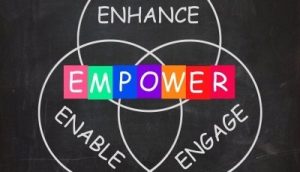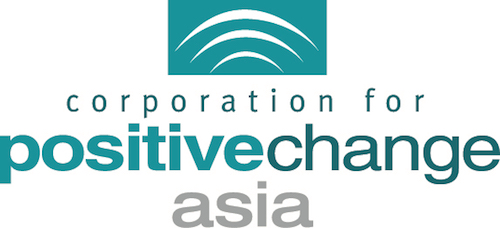 My recent sharing with a group of experienced trainers about the concept of #AppreciativeInquiry and its application has inspired me to reflect on my own journey. Like many other learning and development professionals, I first started my career as an in-house trainer using more traditional approaches mainly to transferring knowledge and skill. Since then I have had opportunities to explore different ways to facilitate people and organization development.
My recent sharing with a group of experienced trainers about the concept of #AppreciativeInquiry and its application has inspired me to reflect on my own journey. Like many other learning and development professionals, I first started my career as an in-house trainer using more traditional approaches mainly to transferring knowledge and skill. Since then I have had opportunities to explore different ways to facilitate people and organization development.
Professionals in our field sometimes have multiple roles: facilitators, coaches, consultants, trainers, educators… But no matter what roles we play, we are all enablers.
Based on Longman dictionary definition, enable means “to make it possible for someone to do something, or for something to happen.”
I like that definition. Regardless what we do and how we do it, we are meant to make things possible. We support people to see new possibilities and achieve what might seem impossible. What we do is inspiring and empowering.
But let’s face it – does what we practice support what we are supposed to do?
A classic example is the use of gap analysis, which is almost the ABC of performance management and training needs analysis. When we use it as the foundation of our work, we are busy at identifying and filling gaps. We spend most of our time investigating and tackling underperformance. As shared in my previous article about the power of focus, this will direct everybody’s attention and energy to deficiency and incompetency.
If we see our role as an enabler but use a deficit-based approach as our foundation, no matter how hard we try to stay positive and believe in human potential, it won’t bring us the result we want. Talking about deficiency just doesn’t bring hopes or new possibilities, as simple as that.
It is not about our attitude towards people. It is about the basic rationale of the approaches we use.
In the sharing session, I invited the participants to have a brief Appreciative Interview in pairs to share their best experience as an enabler. We then did a quick narrative analysis on the factors that could support them to be an enabler to bring out the best in people. The key findings were:
- Encouragement
- Appreciation
- Communication
- Patience
- Adaptability
- Knowledge
- Support
- Experience
- Trust
- Belief in people
- Willingness
- Confidence
We could imagine how people would feel when having a dialogue that generated those vocabularies. It was only a short version of Discovery, the first phase of the 4-D Process of Appreciative Inquiry. Still there are a lot can be done to turn those factors into inspiring images, practical structures and methodologies to support them to be enablers who bring out the best in people and themselves.
When we put people to talk about their hopes and dreams, they regain their energy, purpose and mission. They are inspired by their own and other people’s stories. That extracts the best in people and moves them closer to their hopes and dreams.
Next time let’s share more about how Appreciative Inquiry can be applied to accelerate organizational learning.
Written by Dorothy Tsui, Principal & Founder of Hong Kong Center for Positive Change
This blog was first posted on Corporation for Positive Change website.
